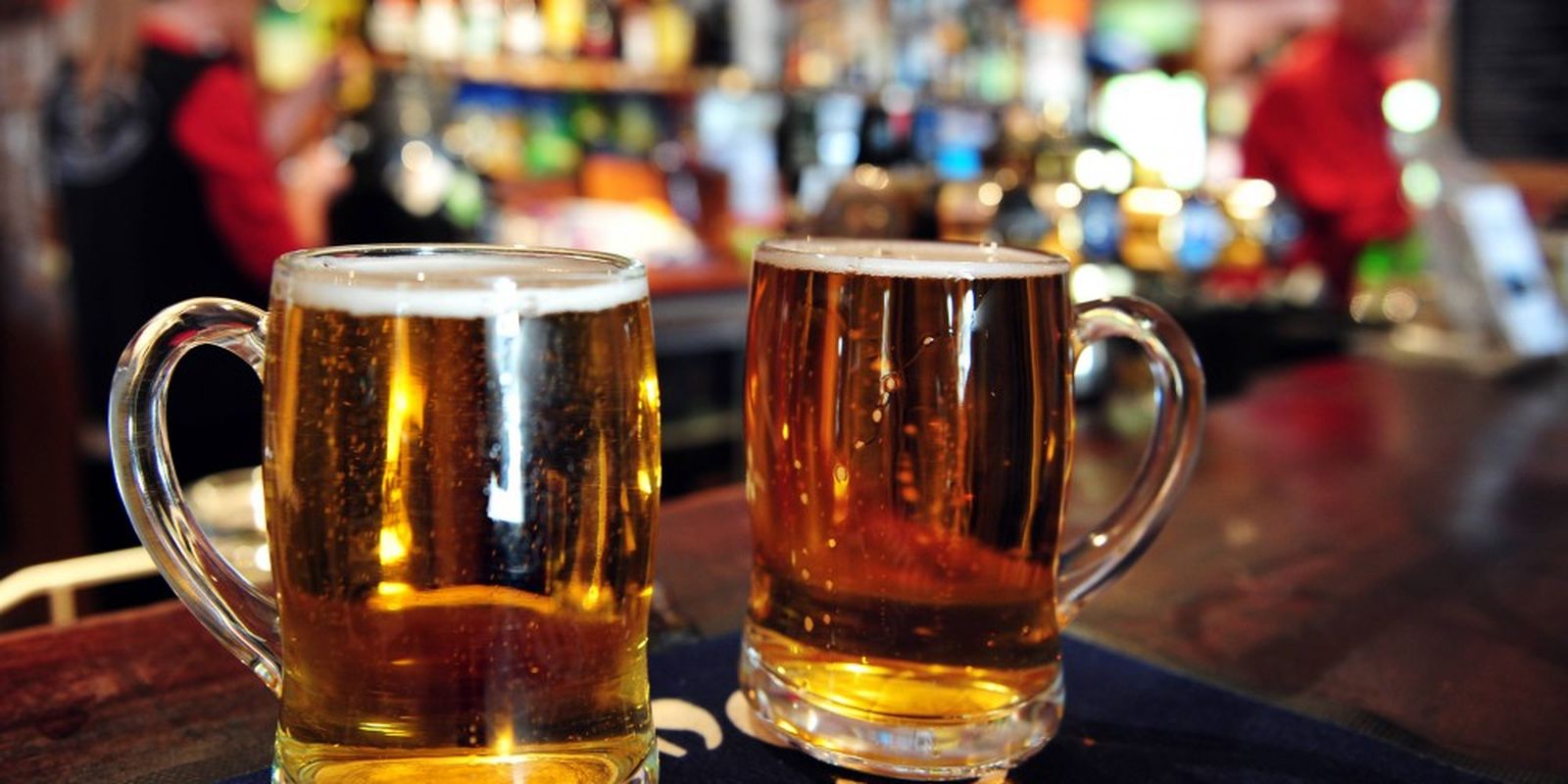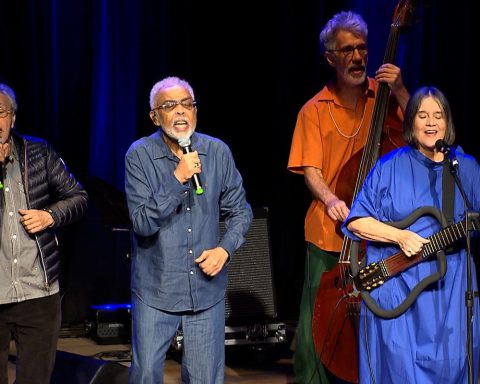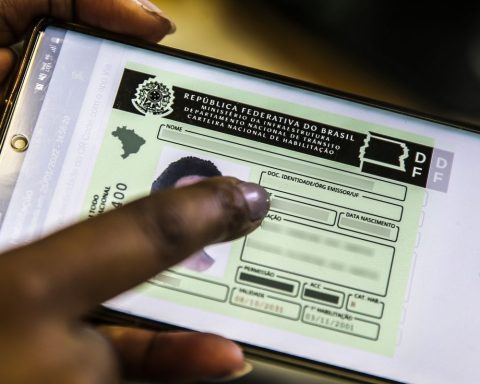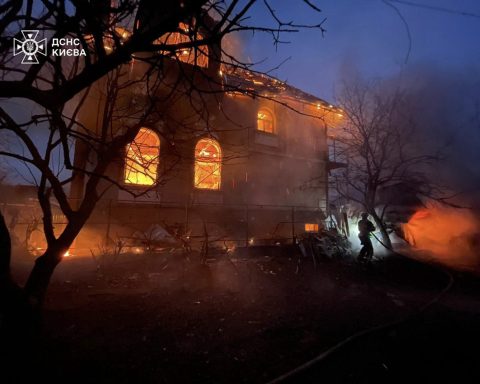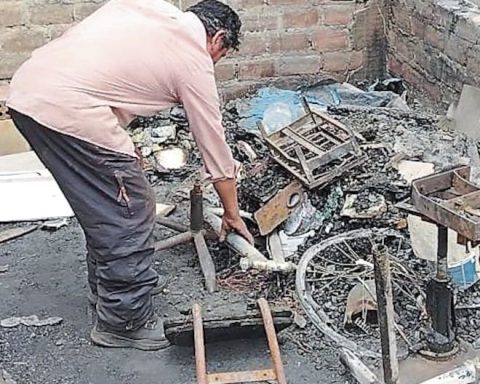A study released today (5) by the Oswaldo Cruz Foundation (Fiocruz) shows that alcohol consumption causes, on average, 12 deaths per hour in the country. The survey, called Estimation of direct and indirect costs attributable to alcohol consumption in Brazil, was carried out by researcher Eduardo Nilson, from the institution’s Food, Nutrition and Culture Program (Palin), at the request of the companies Vital Strategies and ACT Promoção da Health.
Estimates of deaths attributed to alcohol from the World Health Organization (WHO) are taken into account. The total numbers are 104.8 thousand deaths in 2019 in Brazil. Men represented 86% of deaths: almost half relate alcohol consumption to cardiovascular diseases, accidents and violence. Women account for 14% of deaths: in more than 60% of cases, alcohol causes cardiovascular diseases and different types of cancer.
The study also calculates the cost of alcohol consumption for Brazil at R$18.8 billion in 2019: 78% (R$37 million) was spent on men, 22% on women (R$10.2 million ). Of the total, R$1.1 billion are attributed to direct federal costs with hospitalizations and outpatient procedures in the Unified Health System (SUS). The remaining R$17.7 billion refers to indirect costs such as loss of productivity due to premature mortality, leave and early retirement resulting from illnesses associated with alcohol consumption, loss of working days due to hospital admission and social security sick leave.
“It is important to highlight that the study adopted a conservative approach, as it is based exclusively on official data from public sources, such as data related to the SUS and IBGE population surveys, and at the federal level, considering Union spending and not including supplements from funding by states and municipalities. The survey also does not consider the costs of the private healthcare network, nor the total economic losses to society. Therefore, although almost 19 billion reais per year is already an extremely significant figure, the real cost of alcohol consumption for Brazilian society is probably even much higher”, says Eduardo Nilson, researcher responsible for the study.
When divided by gender, the SUS cost of hospitalizing women for alcohol-related problems is 20% of the total. One of the reasons is that women consume less alcohol. In the National Health Survey (PNS 2019), 31% of women reported having consumed alcohol in the 30 days prior to the survey, while the male percentage was 63%. Another reason is that women seek out health services more and undergo routine exams. This way, they are treated before they have more serious complications.
In relation to the costs of outpatient care attributed to alcohol intake, the difference between the male and female public falls, considering that 51.6% of the costs refer to the male public. In relation to age group, the highest incidence in outpatient care occurs in people between 40 and 60 years old, with 55% of the costs referring to women and 47.1% to men.
“This confirms that women seek care earlier than men: they are responsible for almost half of outpatient care, even though the prevalence of alcohol consumption among them is lower,” says Nilson.
